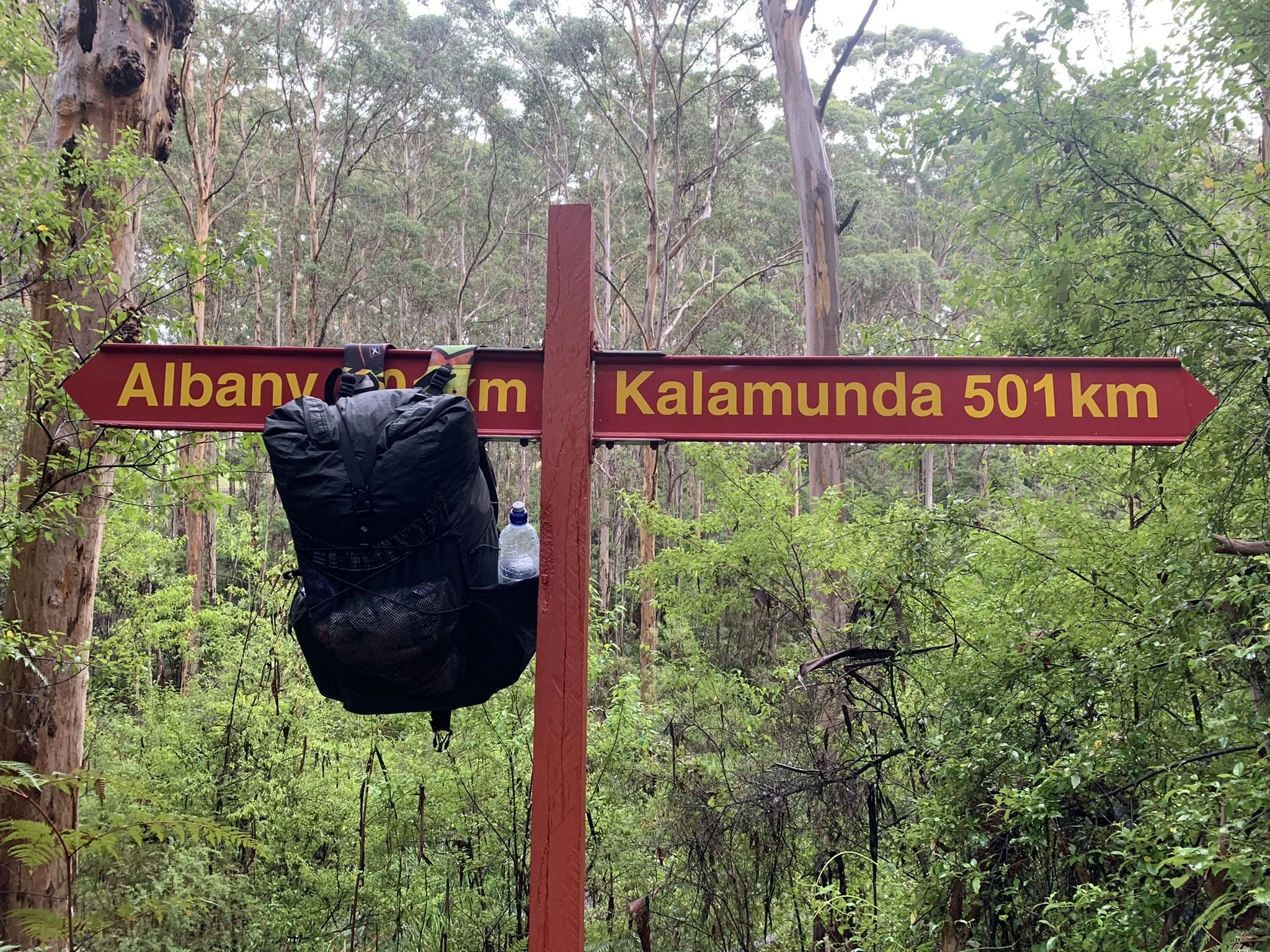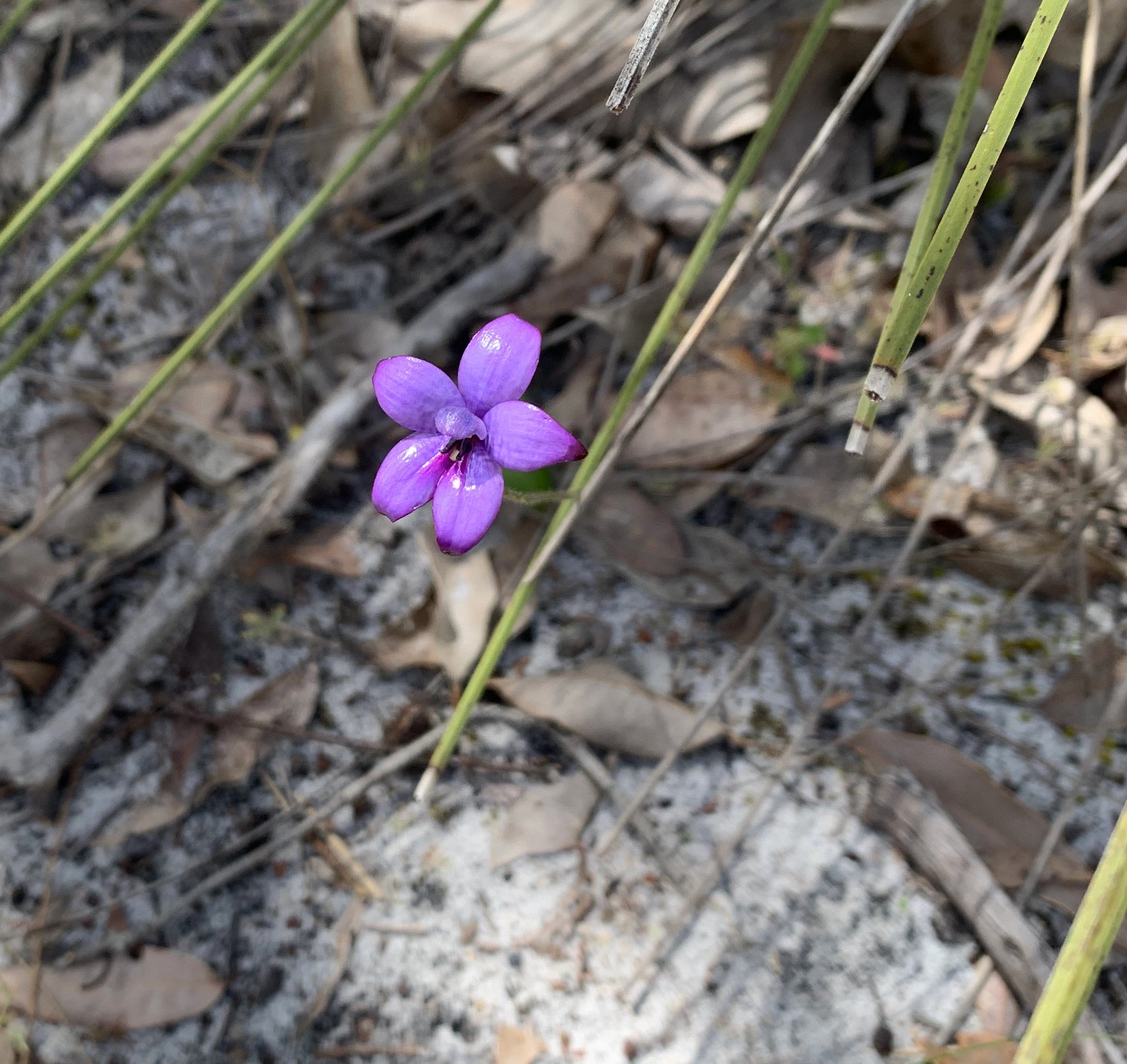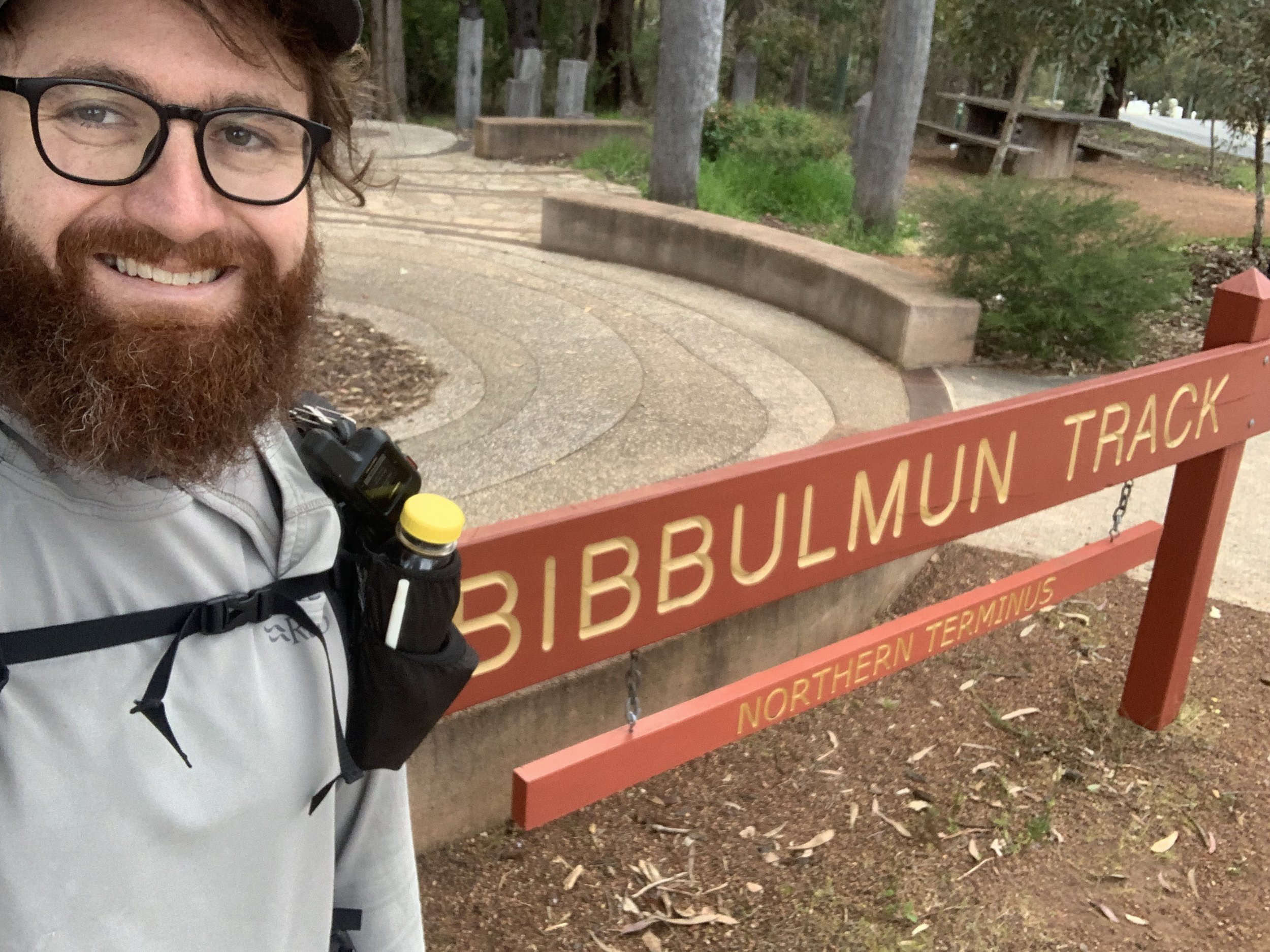
The Bibbulmun Track
A very quick guide









What do you actually need to know before starting the Bibbulmun?
Do you even want to hike the Bib?
The Bib may be right for you if you’re into:
Forest Walking - The majority of the trail is in some variety of woodland
Coastal Walking - The southern section is right on the coast
A Beginner Friendly Hike- Well maintained, clearly marked, relatively low grades and huts
A Peaceful Hike- Small towns, quite trail, near to no logistical headaches, no hitch hiking needed
Wildflowers - Go in spring if this is you
Mushrooms - There’s heaps, but mainly around late Autumn/Winter
Don’t hike the Bib if:
You need to climb mountains - there aren’t any
You only want to walk single track - there’s a lot of dirt/forestry road
You want jaw-dropping views - the Bib has a quiet beauty that changes slowly
You need to hike in the summer - Bushfires, insane heat, just no
The Bibbulmun in a nutshell
A 1,000 km walking trail from Kalamunda (Perth Hills) to Albany on WA’s south coast.
Walks through woodlands, scrub, coastal dunes and cliffs.
A mixture of single track and dirt access/forestry roads designated for bushwalking, not biking or 4WD.
Mostly very well maintained and clearly marked.
Relatively flat but often rolling and most “climbs” are at most 100m of gain. Average grade of around 4.5% (900m up and down over 20 km)
Includes 49 shelters (three walls and a roof) spaced ~10–25 km apart (closer together towards the termini).
Water tanks, tables, pit fires and camping at each shelter.
What do you need to do/know at bare minimum?
If you’re
When to hike and in what direction
The short answer is: Autumn (heading North - best conditions) or Spring (heading South - amazing wildflowers)
In general the north of the track is warmer than the south. The further inland, the lower the overnight temps. The faster you hike the less direction matters.
Climate data for Kalamunda (North), Collie (Central), Albany (South).
Summer
Nah. Fires, heat. A few weird individuals make it work by night hiking but don’t.
Autumn
In my (unpopular) opinion for sure the best season to hike the trail.
Nice temperatures, dryer than spring, mushrooms abundant, Pingerup plains (which are flooded winter-summer) are dry, it wont get below freezing except maybe inland at the end of May, river mouths closed.
Also less mosquitos than spring.
March is a bit hot (but fine south), the best month to hike is April, May is still nice but starts to get a bit wetter.
Heading Northbound is ideal to seek warmer temps as winter gets closer and highly recommended for a March start as around Perth is quite hot still.
Winter
June, July and August are the coldest and wettest months.
Expect rain every 2-3 days, and 10% of nights below freezing inland.
But the huts make it pretty bearable and the trail will be quieter.
Spring
The most popular time on trail, mainly due to being in the impressive wildflower season.
Wildflowers best late September and early October
Same nice temps as Autumn but a bit wetter.
Shelters are busier and may even be full.
Mosquitos can be annoying
Southbound is ideal and you can finish well into November and even early December in Albany.
Getting there
How long will it take
For most hikers its around 50 days. Plus or minus 20 days depending on a lot of stuff.
Is totally up to you. The fastest hike is around 12 days and the longest hikes will come in around 70 days.
At the beginning and end the huts are close together, but for the majority of the hike they are roughly 18-20 km apart. Your willingness to do high-30, low-40 km days will determine if you “single hut” or “double hut”.
“Single hutters” will be averaging around 19 km/day going end to end in around 55-60 days including a few rest days and resupply. Those mostly double hutting will be closer to 30 days.
Just what you actually need to know.
When to hike
Getting there
Walking the Track
Relatively easy, logistically simple, huts - camping at huts, goes through towns. hut distances, elevation - rolling. Navigation - far out - download offline maps, phone signal - telstra, most days. which way (it doesnt matter -seasons)
Gear (weight) (season changes) (boots) (snake gaitors/bandage) (hut specific gear)
Most experienced hikers tend to pack light to enjoy hiking a lot more and avoid injury. Australia isnt caught up on this way of thinking, so you will be advised to carry a lot. Avoid thinking that you need to comply with what you hear. Most hikers will be happier, safer, more comfortable, mobile and less injury prone with a lighter load.


